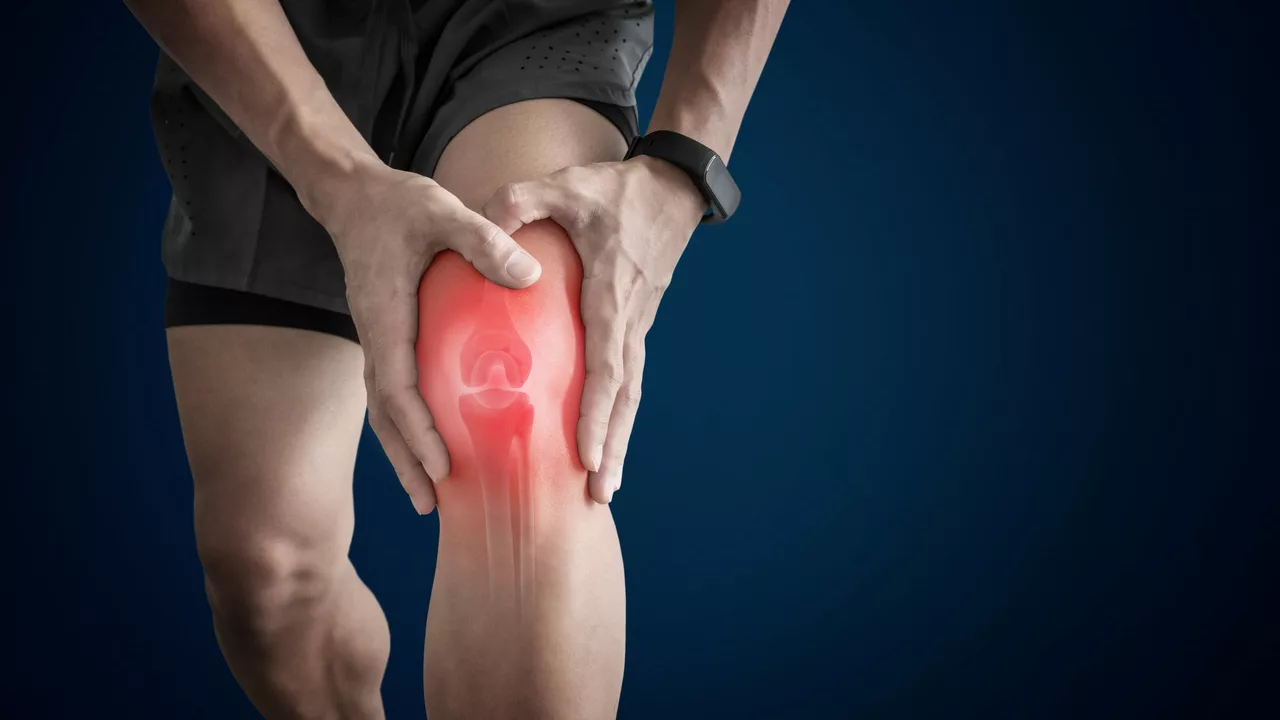Arthritis treatment: practical steps to ease pain and keep moving
If joint pain is slowing you down, you want clear, usable options — not confusing buzzwords. This page covers the main arthritis treatment choices you can try right away, what truly helps long-term, and when to call your doctor. I’ll keep it simple and practical.
Quick, effective steps you can try today
Start with things that work for most people. Weight control reduces load on knees and hips — losing even 5-10% of body weight lowers joint stress a lot. Low-impact exercise like walking, swimming, or cycling keeps joints mobile and builds support muscles. Aim for 30 minutes most days. Heat (warm baths, heating pad) eases stiffness; ice reduces swelling after activity.
Over-the-counter pain relievers such as acetaminophen or short courses of NSAIDs (ibuprofen, naproxen) can help. Use the lowest effective dose and follow label directions. If you have other health issues (high blood pressure, stomach problems, kidney disease), check with your doctor before using NSAIDs regularly.
Medical and longer-term treatments
For persistent pain, your doctor may recommend prescription meds, injections, or physical therapy. Corticosteroid injections can reduce inflammation in a specific joint for weeks to months. Hyaluronic acid injections may help some people with knee osteoarthritis. Disease-modifying drugs target autoimmune arthritis like rheumatoid arthritis and can slow damage — these require close medical supervision and regular blood tests.
Physical therapy teaches exercises that protect joints while improving strength and balance. Occupational therapy shows better ways to do daily tasks so joints don’t take extra strain. If conservative care fails, joint replacement surgery remains a reliable option for severe damage — outcomes are much better when you follow pre- and post-op rehab plans.
Supplements like glucosamine or fish oil help some people, but results vary. Choose reputable brands and talk to your provider before starting supplements, especially if you take blood thinners or other medicines.
Practical daily tips: swap high-heeled shoes for supportive footwear, use a cane or brace if recommended, and pace activities — short, frequent activity bursts beat long sessions that flare pain. Track flares in a simple journal: note activity, food, sleep, and meds. Patterns often show triggers you can change.
When to see a doctor: increasing pain, joint warmth/redness, sudden loss of function, fever, or symptoms that interfere with work and sleep. If you have an autoimmune diagnosis or rapid joint swelling, seek care sooner — early treatment changes long-term outcomes.
Final note: effective arthritis treatment mixes symptom relief, protective strategies, and lifestyle changes. Small, consistent steps add up — better exercise, weight control, and smart medication use often cut pain and improve daily life. For detailed drug guides and safe online pharmacy tips, check ClearSkyPharmacy.Biz for up-to-date reviews and how-to articles.
The Role of Sulfasalazine in Preventing Joint Damage
In my recent research, I delved into the role of Sulfasalazine, a common drug used in preventing joint damage. Sulfasalazine works by reducing inflammation and swelling in joints, thereby slowing down the progression of diseases like rheumatoid arthritis. The drug's effectiveness in managing joint damage is significant, especially for those suffering from chronic joint conditions. However, while it's generally well-tolerated, it does come with side effects that patients should be aware of. In a nutshell, Sulfasalazine plays a crucial role in managing and preventing joint damage, offering hope for many experiencing debilitating joint conditions.
© 2025. All rights reserved.

